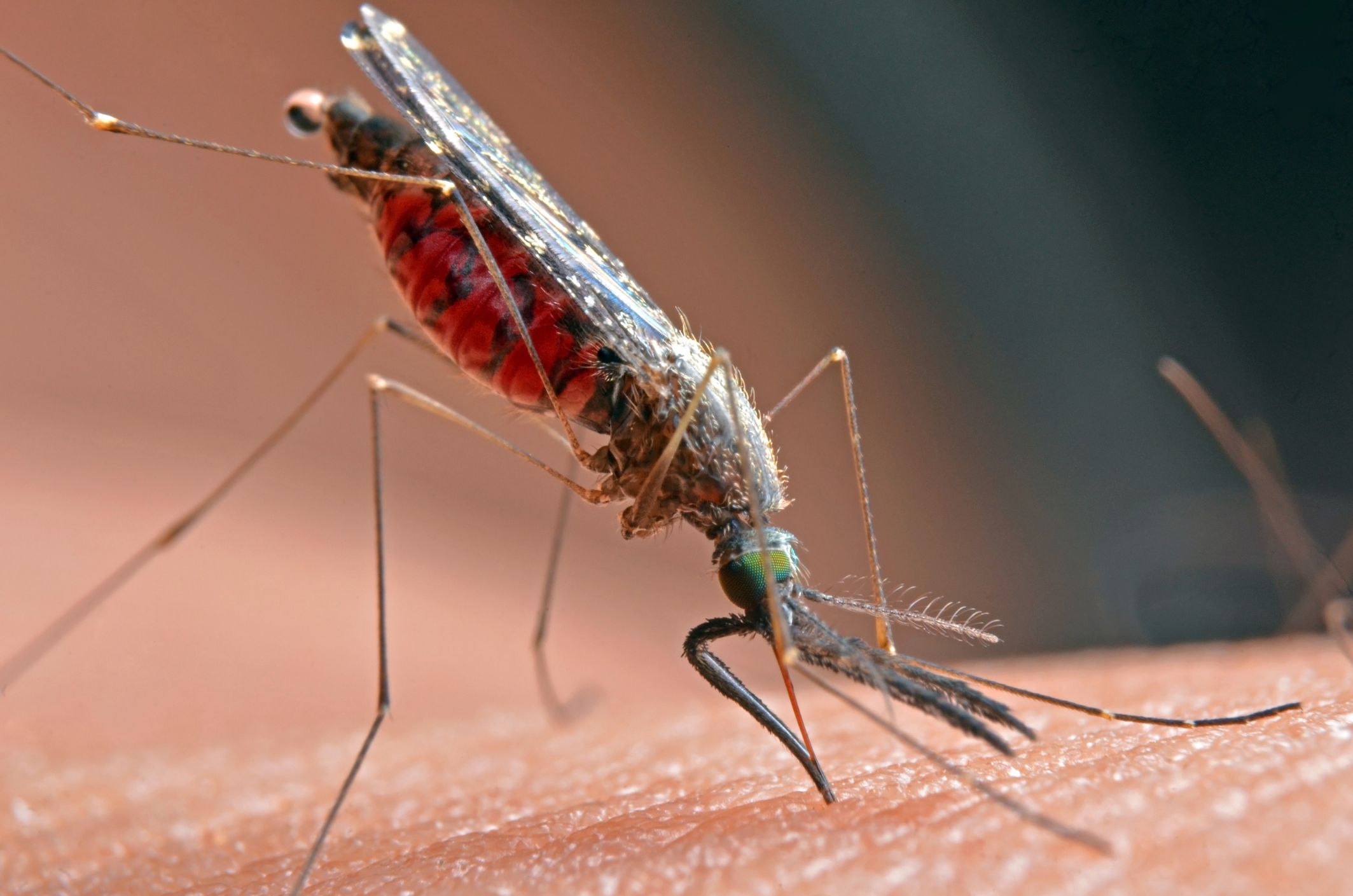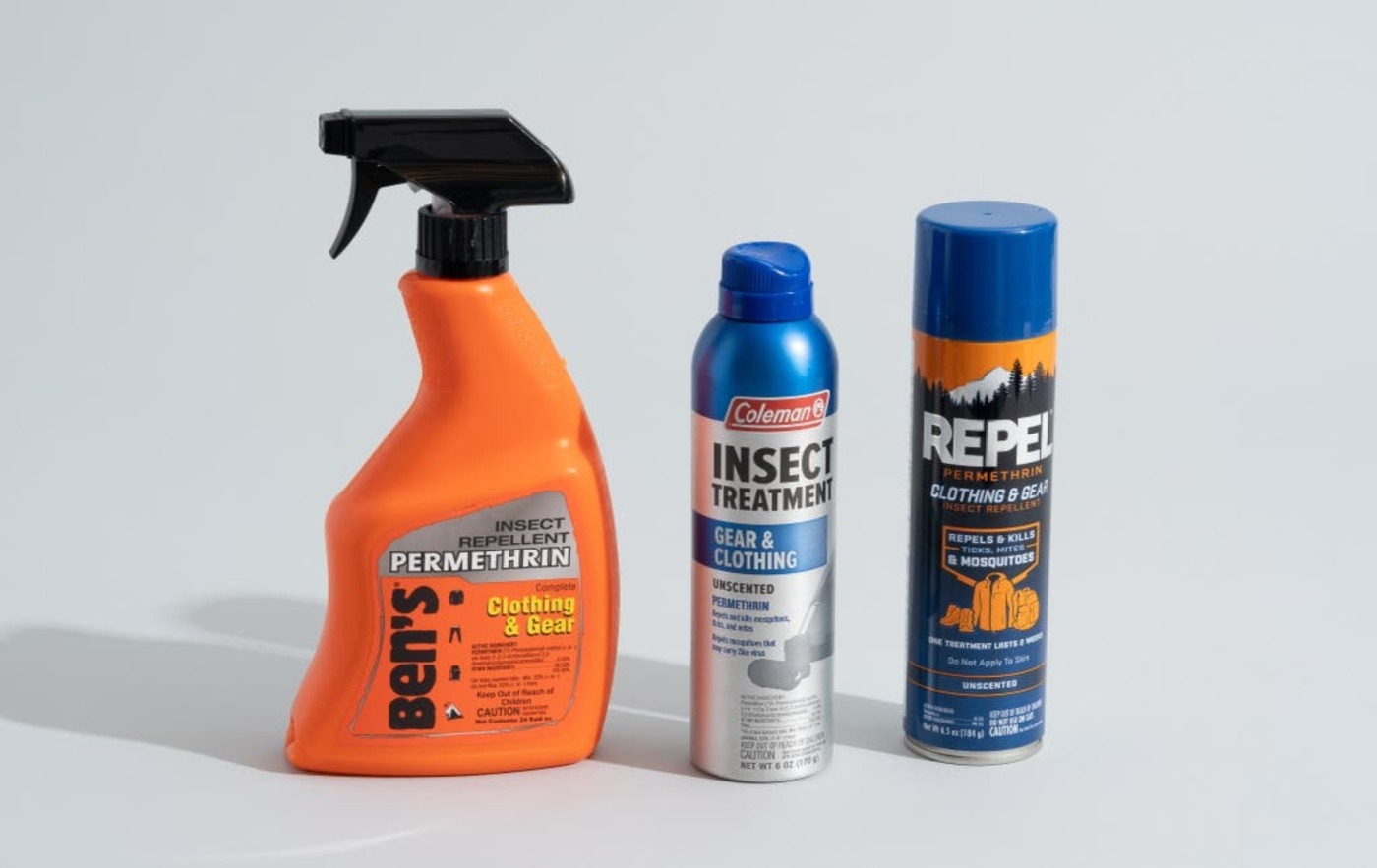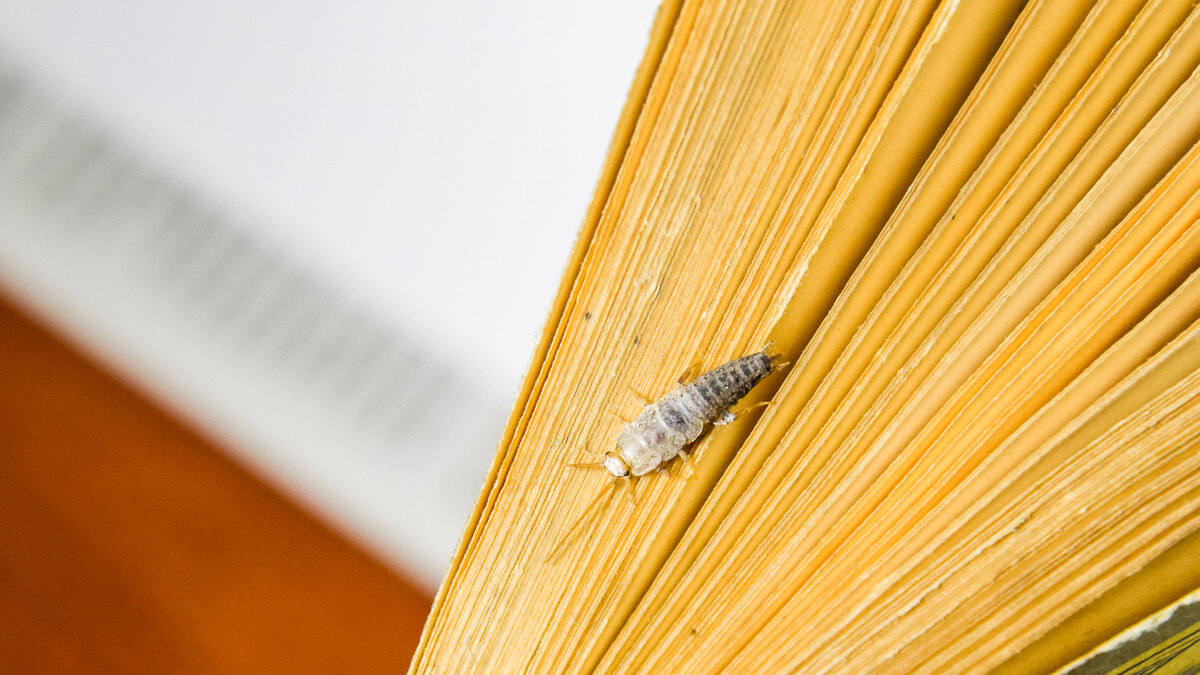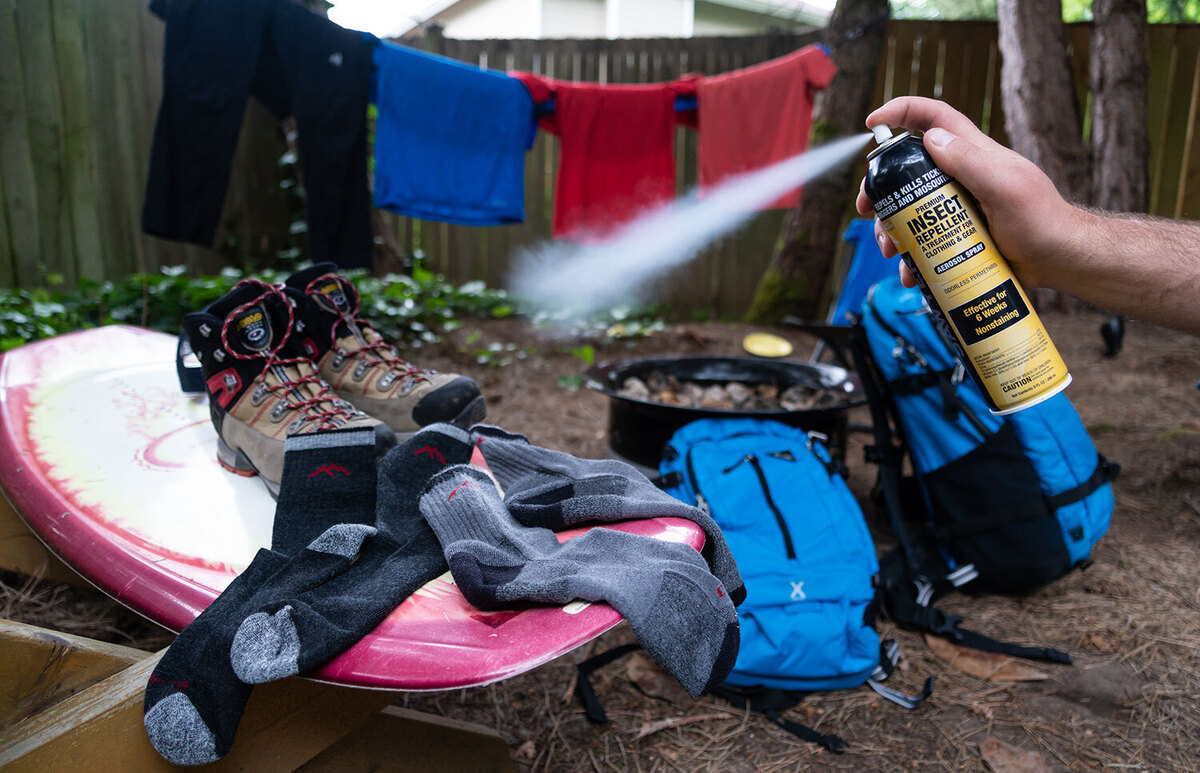Home>Gardening News and Trends>Latest News>What Insects Does Permethrin Kill


Latest News
What Insects Does Permethrin Kill
Modified: January 22, 2024
Permethrin is a potent insecticide that effectively targets and eliminates a wide range of insects. Stay updated with the latest news on which insects can be killed by this powerful chemical.
(Many of the links in this article redirect to a specific reviewed product. Your purchase of these products through affiliate links helps to generate commission for Chicagolandgardening.com, at no extra cost. Learn more)
Table of Contents
Introduction
Permethrin is a widely used insecticide that has gained popularity due to its effectiveness in eliminating various types of insects. Whether you’re dealing with mosquitoes, ticks, fleas, or other pesky bugs, permethrin can be a powerful tool in your arsenal to keep them at bay.
In recent years, the demand for permethrin-based products has increased significantly, as people become more conscious about protecting themselves and their families from the diseases and discomfort caused by insect bites. But what exactly is permethrin, and how does it work to exterminate insects?
Permethrin belongs to a class of chemicals known as pyrethroids, which are synthetic versions of naturally occurring compounds found in chrysanthemum flowers. Its insecticidal properties make it a valuable asset in the fight against a wide range of crawling and flying insects.
Aside from its effectiveness, another reason permethrin is highly favored is its low toxicity to humans and pets when used as directed. This makes it an attractive option for households with children and animals, where safety is of utmost concern.
In this article, we will delve into the world of permethrin and provide a comprehensive guide to its effectiveness in killing insects. We will explore the common insects that can be eliminated with permethrin, as well as the necessary safety considerations when using permethrin-based products. So, if you’re curious about how to keep those pesky bugs at bay, read on to learn more about this powerful insecticide and its insect-killing potential.
Understanding Permethrin
Permethrin is a synthetic chemical compound known as a pyrethroid insecticide. It is derived from the naturally occurring compound found in chrysanthemum flowers, called pyrethrum. The synthetic version of pyrethrum, permethrin, has been developed to provide long-lasting insecticidal effects.
One of the key properties of permethrin is its ability to disrupt the nervous system of insects. When applied to insects or their environment, permethrin targets their nervous system, leading to paralysis and eventual death. This makes it highly effective in eliminating a wide range of pests.
Permethrin is available in various forms, including sprays, creams, and treated clothing. It can be applied directly to the skin to repel or kill insects, or it can be used to treat clothing and gear to create a barrier of protection against insects.
When permethrin is applied to fabric, it binds to the fibers and remains effective even after multiple washes. This makes permethrin-treated clothing an excellent choice for outdoor enthusiasts who frequently encounter insects in their adventures.
It’s important to note that permethrin is specifically formulated for use on clothing and gear and should not be directly applied to the skin unless it is in a properly formulated and labeled insect repellent product. This distinction is crucial to ensure the safe and effective use of permethrin.
Furthermore, permethrin has a low toxicity to mammals, including humans and pets, when used as directed. However, it is highly toxic to fish and other aquatic organisms, so caution should be exercised when using permethrin near bodies of water.
Overall, permethrin is a versatile and effective insecticide, capable of eliminating a wide range of insects. Its ability to bind to fabric and remain effective after washing makes it a popular choice for those seeking long-lasting protection from insect bites. When used correctly and in accordance with product labels, permethrin can be a valuable tool in the fight against insects.
Effectiveness of Permethrin Against Insects
Permethrin is highly effective in killing and repelling a wide range of insects, making it a popular choice for insect control. Its mode of action targets the nervous system of insects, leading to paralysis and death. Let’s explore the effectiveness of permethrin against common insects:
Mosquitoes:
Mosquitoes are notorious for spreading diseases such as malaria, dengue fever, and Zika virus. Permethrin-treated clothing and insect repellent sprays are effective in repelling and killing mosquitoes. When applied to clothing, permethrin acts as a protective barrier, preventing mosquitoes from landing and biting.
Ticks:
Ticks are known carriers of Lyme disease and other tick-borne illnesses. Permethrin is highly effective in repelling and killing ticks. Treated clothing creates a deterrent effect, preventing ticks from attaching and biting. When exposed to permethrin-treated surfaces, ticks can be killed within minutes.
Fleas:
Fleas are a common nuisance for pet owners, as they can infest homes and cause discomfort to both humans and animals. Permethrin-based insecticides can be used to treat indoor areas and pet bedding, effectively eliminating fleas and their larvae. It’s important to use permethrin products specifically labeled for flea control.
Flies:
Flies can be a constant annoyance, especially during outdoor activities or in areas with poor sanitation. Permethrin can be used to repel and control house flies, horse flies, and other flying insects. Spraying permethrin in outdoor areas can create a protective barrier, keeping flies away from people and animals.
Bed Bugs:
Bed bugs can infest homes and cause discomfort, as they feed on blood and leave itchy bites. While permethrin is effective against many insects, its effectiveness against bed bugs is limited. Bed bug infestations typically require professional pest control treatment to fully eliminate.
It’s important to note that permethrin’s effectiveness may vary depending on factors such as concentration, formulation, and application method. Following the instructions on the product label and applying permethrin correctly will maximize its efficacy against target insects.
While permethrin is highly effective against a range of insects, it’s important to remember that no insecticide provides 100% protection. In addition to using permethrin, practicing preventive measures like wearing protective clothing, using mosquito nets, and avoiding known insect-infested areas can further reduce the risk of insect bites and associated diseases.
Common Insects Killed by Permethrin
Permethrin is a highly effective insecticide that can eliminate a wide range of common insects. Whether you’re dealing with mosquitoes, ticks, fleas, or flies, permethrin can help keep these annoying pests at bay. Let’s explore some of the common insects that can be killed by permethrin:
- Mosquitoes: Mosquitoes are responsible for transmitting numerous diseases, including malaria, dengue fever, and Zika virus. Permethrin-treated clothing and insect repellent sprays can effectively repel and kill mosquitoes. When applied to clothing, permethrin creates a protective barrier, preventing mosquitoes from landing and biting.
- Ticks: Ticks are known carriers of Lyme disease and other tick-borne illnesses. Permethrin is highly effective in repelling and killing ticks. Treated clothing acts as a deterrent, making it difficult for ticks to attach and bite. When exposed to permethrin-treated surfaces, ticks can be killed within minutes.
- Fleas: Fleas can infest homes and cause discomfort to both humans and pets. Permethrin-based insecticides can be used to treat indoor areas, such as carpets, upholstery, and pet bedding, effectively eliminating fleas and their larvae. It’s important to follow the product instructions and use permethrin products specifically labeled for flea control.
- Flies: Flies can be a constant annoyance, especially during outdoor activities or in areas with poor sanitation. Permethrin can be used to repel and control house flies, horse flies, and other flying insects. Spraying permethrin in outdoor areas can create a protective barrier, keeping flies away from people and animals.
- Lice: Permethrin is commonly used to treat head lice infestations. It can kill both adult lice and their eggs, helping to eradicate the problem. Permethrin-based lice treatments are available over-the-counter and should be used according to the product instructions.
While permethrin is effective against these common insects, it’s important to note that its effects may vary based on concentration, formulation, and application method. Certain insects, such as bed bugs, may require additional treatments or professional pest control services for complete elimination.
Remember to always read and follow the instructions on permethrin products to ensure safe and effective use. It’s also important to take necessary precautions to protect yourself and the environment. Use permethrin responsibly and consider alternative insect control methods when appropriate.
By understanding the insects that can be controlled with permethrin and using it correctly, you can create a more comfortable and insect-free environment for yourself, your family, and your pets.
Safety Considerations when Using Permethrin
While permethrin is a widely used and effective insecticide, it’s important to take certain safety considerations into account when using it. Following these guidelines will ensure the safe and responsible use of permethrin-based products:
Read and Follow Product Instructions:
Always read and follow the instructions provided on the product label. This includes information on application methods, dilution ratios (if applicable), and safety precautions. Different products may have varying concentrations and usage directions, so it’s crucial to adhere to the specific guidelines for the permethrin product you are using.
Wear Protective Clothing:
When using permethrin sprays or concentrated solutions, protect yourself by wearing long sleeves, long pants, gloves, and goggles. Using appropriate personal protective equipment will minimize direct skin contact and inhalation of the product.
Avoid Skin Contact:
Permethrin products specifically formulated for use on clothing and gear are considered safe when used as directed. However, if applying concentrated permethrin solutions, avoid direct skin contact. If accidental exposure occurs, rinse the affected area thoroughly with water.
Keep Permethrin Away from Food and Drink:
Avoid applying permethrin near food preparation areas or directly on food. Wash hands thoroughly after handling permethrin products, especially before eating or drinking.
Use in Well-Ventilated Areas:
When using permethrin sprays or other concentrated formulations, ensure you are in a well-ventilated space. Open windows or use fans to promote airflow and reduce the risk of inhalation.
Store Properly:
Store permethrin products in a cool, dry place, away from direct sunlight and heat sources. Keep them out of reach of children and pets. Dispose of any unused or expired permethrin products according to local regulations.
Consider Environmental Impact:
Permethrin is toxic to fish and other aquatic organisms. Avoid using permethrin near bodies of water, such as ponds or streams, and take precautions to prevent runoff into water sources. Consider alternative pest control methods that are less harmful to the environment if you have concerns about the impact of permethrin.
By following these safety considerations, you can use permethrin effectively while minimizing any potential risks to yourself, others, and the environment.
Conclusion
Permethrin is a powerful insecticide that offers effective control against a wide range of insects. Whether you’re dealing with mosquitoes, ticks, fleas, or flies, permethrin can be a valuable tool in keeping these pests at bay and protecting yourself and your loved ones from the diseases and discomfort they can cause.
Understanding permethrin and its mode of action is crucial for its safe and effective use. By targeting the nervous system of insects, permethrin paralyzes and kills them, providing an effective solution for insect control.
From mosquitoes, ticks, and fleas to flies and lice, permethrin has proven its effectiveness in combating these common insects. Treated clothing, sprays, and other permethrin-based products offer a barrier of protection, repelling and killing insects to reduce the risk of bites and associated diseases.
However, it’s important to always prioritize safety when using permethrin. Reading and following the product instructions, wearing protective clothing, avoiding direct skin contact, and storing the product properly are vital considerations. Additionally, minimizing environmental impact and using permethrin responsibly is crucial for the well-being of aquatic life and the ecosystems around us.
While permethrin is highly effective, it’s important to note that no insecticide provides 100% protection. Therefore, incorporating additional preventive measures, such as wearing protective clothing, using mosquito nets, and avoiding known insect-infested areas, can further reduce the risk of insect bites and diseases.
In conclusion, permethrin is a versatile and powerful insecticide that can effectively control a wide range of insects. By understanding its mechanisms, using it safely and responsibly, and complementing it with preventive measures, you can create a more comfortable and insect-free environment for yourself and your loved ones.





